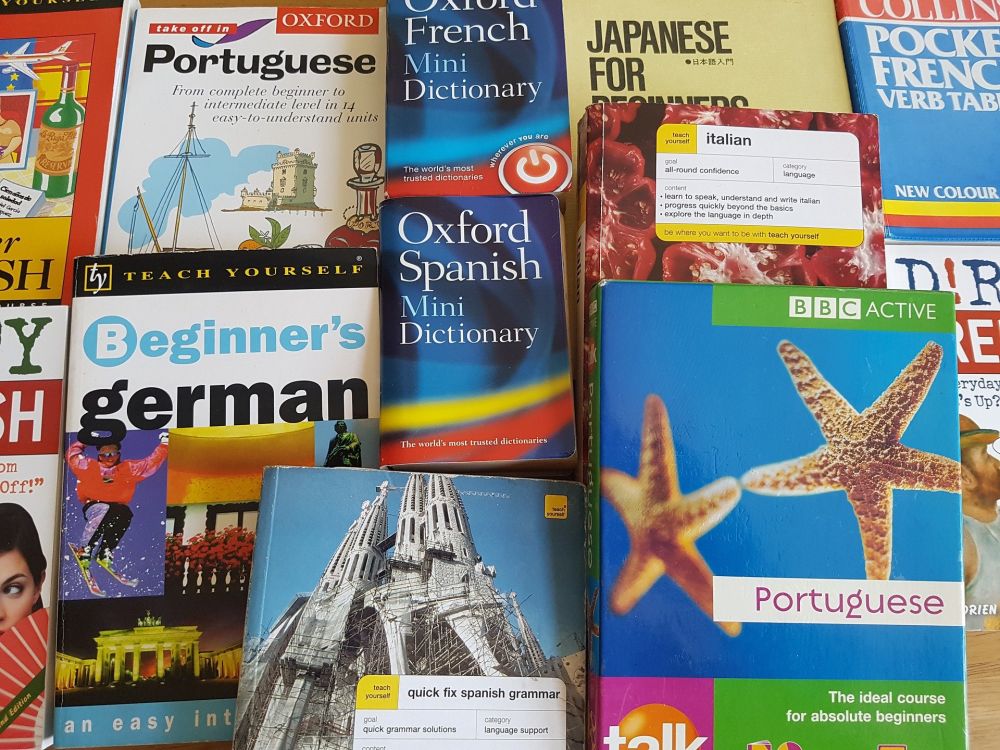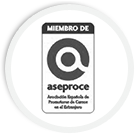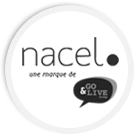How to help your child learn a language at Home
How to help your child learn a Language at home!
The older you get, the harder it is to begin learning a new language. But for children, it can be as easy as un, deux, trois (that's one, two, three in French, by the way).
Giving children the opportunity to learn foreign languages does amazing things for their upbringing and schooling. Not only does it allow them to experience another culture, but it drastically improves creativity and cognitive function, at the very least. Bilingual students also did better in math and verbal tests.
Most schools offer some foreign language classes, but there are several reasons to do them at home, too. The school may not offer the language you prefer they learn; you want to offer more in-depth teaching; you may do it at home as a supplement to school.
Whatever the reason, your child will surely benefit, and we've got some tips to help. ¡Y ahí vamos!
Learning a New Language
The earlier you can start working with your child, the better the results will be. Children's brains are ready and waiting to acquire any new words and sounds as young as six months old!
That sounds young, but that's when brains begin differentiating between different noises. Between six and twelve months, up to seven years old, children can learn small inflections in words that others may not be able to pick up on. This results in more fluidity in their new language.
Learning a language at home can be easy with all the different language classes available to do at home and online. This one-on-one interaction guarantees that your child is getting thorough training. At schools, we know this ratio can be thirty-to-one sometimes.
How can one go about learning or teaching at home?
Language Classes at Home
This is doable, and it's everywhere. Online lessons allow you to be the teacher, or hire an experienced teacher, with all the comforts of home. A quick Google search can land you on many of these sites; a look in your App Store can lead you to many phone apps, as well.
If you've decided to be the teacher, good for you. This will benefit you, as well.
One of the best parts of teaching at home is the option to be creative. The brain needs exercise to thrive; teaching allows your brain a chance to get some jogging in, too. You can work with your child in any way that is best for them.
This creativity can include any of the following ways:
Use Props
The more visual displays, the better. Babies and children love visuals, and it's a quicker way for them to absorb the language. While discussing body parts, show them pictures and point to your own body. If learning food, let them touch and feel an orange.
Break Bread
If your child is a little bit older, make some food with them. Better yet, if you're teaching your child Italian, prepare a traditional lasagna. While you cook, have your child read recipe amounts, ingredients, and nutrition labels. Then enjoy your dish!
Play Games
This includes any games you can think of. If your child is playing something online, chances are you can change the language setting. Instead of Apples to Apples, why not try Manzanas con Manzanas tonight?
You Decide
Your creativity can extend to learning songs, tunes, phrases, and formulas. If you're having fun teaching it, your child will have a better chance of remembering it. Language classes are less daunting this way, and more like a fun hobby (which they can be!)
Whatever your teaching style, consistency is key. Repetition and dedication will go a long way with at-home lessons. You know what works for your child, so use that to your advantage.
Tips to Make It Easier
It makes sense that the more your child looks forward to their language classes, the more engaged they will be. We've got some other tips that should help you make the learning simpler.
- Positive reinforcement - kids love and benefit greatly from reward systems. The more encouraging you are in your teaching, the more inclined they will be to soak it up.
- Reading and telling stories - books written in the native tongue of their new language are a great way to learn. This can include picture books, too, and then you've got visuals.
- Exposure to other languages - the younger the child, the better the chance that their brain can take on multiple languages at once. Once you're teaching your child German, knowing conversational Spanish is right around the corner.
- Repetition - the surest way to lose knowledge is to let it tamper out with inconsistent learning. Keep a dedicated schedule.
If you're lucky enough to have the opportunity to travel, then immersion is another amazing way to teach your child a new language. Being exposed to the native tongue is a sure way to absorb syntax, inflection, dialect, accents, and more.
Children who are around native speakers of the chosen language have a greater chance to learn informal, rather than proper, ways of conversing. Although both are great for context, the main point is to be able to communicate with others well: ask questions, give complex answers, and the like.
Start Today, Learn Forever
Teaching your child a language at home is an admirable task. You are preparing them for a lifelong journey. Learning a new language never ends, and the opportunity to add more and more to the list is always there.
Besides the obvious benefits to the brain, there are massive positive effects on their social interaction and appreciation for cultures beyond their own. Knowing another language is more than just words; it is history, philosophy, and friendship.
With over 55 million people in the world speaking a language other than English at home, teaching your child a new one can only benefit them. In future business transactions, vacations, and educational studies, they will be among the 50% or more with this amazing skill.
We encourage you to start as soon as possible but know that it's never too late. Get started today!
Tsch?ss! ("Goodbye" in German!)

Céline Gibassier is an Admissions Officer at Notre-Dame International High School in Paris. She guides students and families through the admissions process with care and professionalism, helping them join an international learning community that values diversity and academic excellence.
With a background in international education and experience working with students from around the world, Céline is dedicated to making each applicant’s journey smooth and welcoming. She provides personalized support, from the first inquiry to the student’s arrival on campus, ensuring clear communication and attention to detail.
Passionate about cultural exchange and global education, Céline enjoys helping young people grow, discover new perspectives, and make the most of their study abroad experience in France.



























